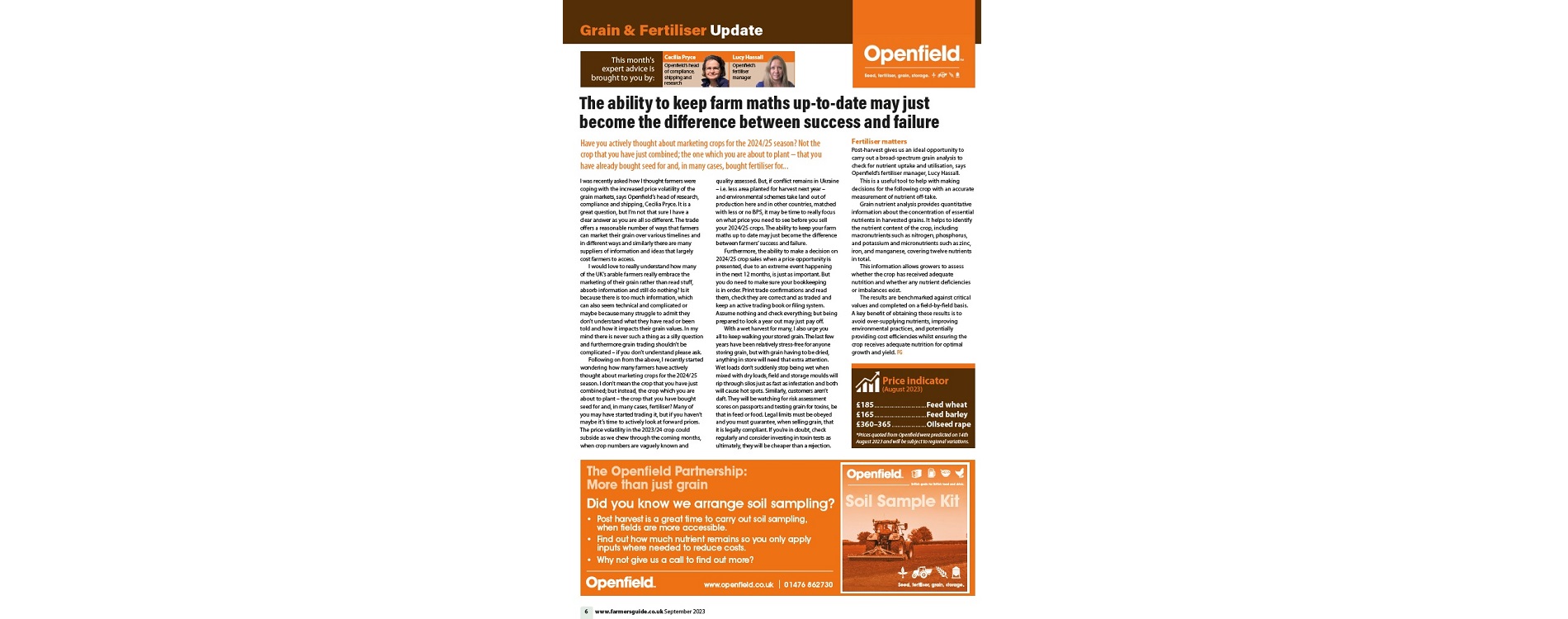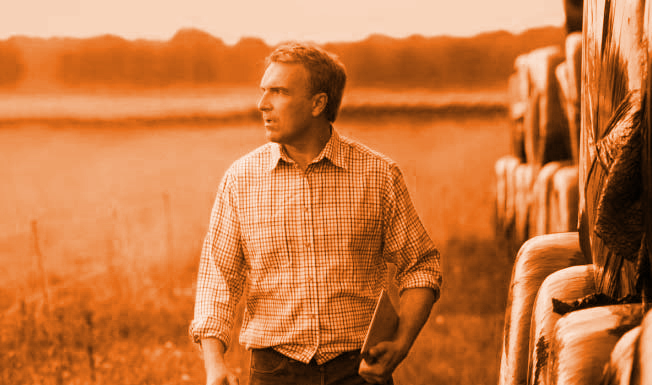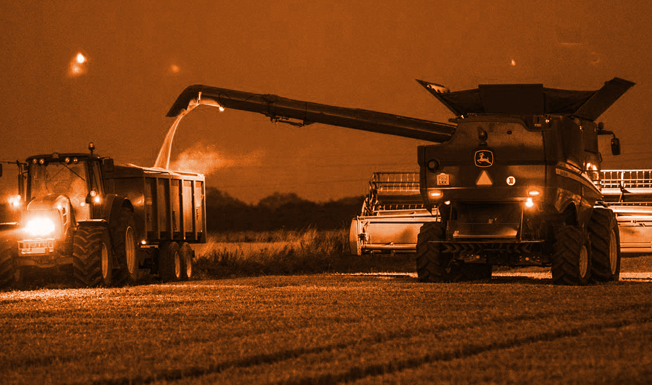The ability to keep farm maths up-to-date may just become the difference between success and failure
Have you actively thought about marketing crops for the 2024/25 season? Not the crop that you have just combined; the one which you are about to plant – that you have already bought seed for and, in many cases, bought fertiliser for…
I was recently asked how I thought farmers were coping with the increased price volatility of the grain markets. It is a great question, but I’m not that sure I have a clear answer as you are all so different. The trade offers a reasonable number of ways that farmers can market their grain over various timelines and in different ways and similarly there are many suppliers of information and ideas that largely cost farmers to access. I would love to really understand how many of the UK’s arable farmers really embrace the marketing of their grain rather than read stuff, absorb information and still do nothing? Is it because there is too much information, which can also seem technical and complicated or maybe because many struggle to admit they don’t understand what they have read or been told and how it impacts their grain values. In my mind there is never such a thing as a silly question and furthermore grain trading shouldn’t be complicated – if you don’t understand please ask.
Following on from the above, I recently started wondering how many farmers have actively thought about marketing crops for the 2024/25 season. I don’t mean the crop that you have just combined; but instead, the crop which you are about to plant – the crop that you have bought seed for and, in many cases, fertiliser? Many of you may have started trading it, but if you haven’t maybe it’s time to actively look at forward prices. The price volatility in the 2023/24 crop could subside as we chew through the coming months, when crop numbers are vaguely known and quality assessed. But, if conflict remains in Ukraine – i.e. less area planted for harvest next year – and environmental schemes take land out of production here and in other countries, matched with less or no BPS, it may be time to really focus on what price you need to see before you sell your 2024/25 crops. The ability to keep your farm maths up to date may just become the difference
between farmers’ success and failure. Furthermore, the ability to make a decision on 2024/25 crop sales when a price opportunity is presented, due to an extreme event happening in the next 12 months, is just as important. But you do need to make sure your bookkeeping is in order. Print trade confirmations and read them, check they are correct and as traded and keep an active trading book or filing system. Assume nothing and check everything; but being prepared to look a year out may just pay off .
With a wet harvest for many, I also urge you all to keep walking your stored grain. The last few years have been relatively stress-free for anyone storing grain, but with grain having to be dried, anything in store will need that extra attention. Wet loads don’t suddenly stop being wet when mixed with dry loads, field and storage moulds will rip through silos just as fast as infestation and both will cause hot spots. Similarly, customers aren’t daft. They will be watching for risk assessment scores on passports and testing grain for toxins, be that in feed or food. Legal limits must be obeyed and you must guarantee, when selling grain, that it is legally compliant. If you’re in doubt, check regularly and consider investing in toxin tests as ultimately, they will be cheaper than a rejection.
Fertiliser matters
Post-harvest gives us an ideal opportunity to carry out a broad-spectrum grain analysis to check for nutrient uptake and utilisation. This is a useful tool to help with making decisions for the following crop with an accurate measurement of nutrient off-take. Grain nutrient analysis provides quantitative information about the concentration of essential nutrients in harvested grains. It helps to identify the nutrient content of the crop, including macronutrients such as nitrogen, phosphorus, and potassium and micronutrients such as zinc, iron, and manganese, covering twelve nutrients in total.
This information allows growers to assess whether the crop has received adequate nutrition and whether any nutrient deficiencies or imbalances exist. The results are benchmarked against critical
values and completed on a field-by-field basis. A key benefit of obtaining these results is to avoid over-supplying nutrients, improving environmental practices, and potentially providing cost efficiencies whilst ensuring the crop receives adequate nutrition for optimal growth and yield.




